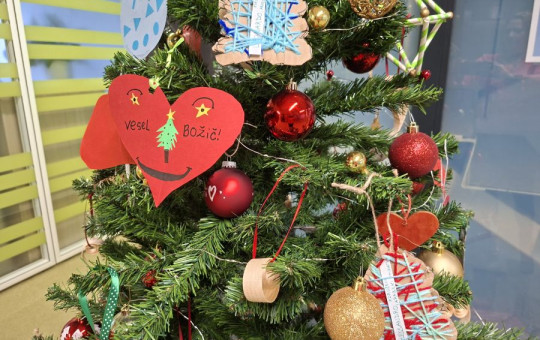Date: 19. January 2024
Time to read: 3 min
It can be spotted from a distance, as it has a colourful awning that protects it from the sun and other weather phenomena. It is propelled using a special "stehrudder" technique, standing up and with two oars. The canvas is operated by a canvas weaver, a highly respected profession that cannot be carried out by just anyone.
Knitting as a way of life
The knitter operates the knitting machine from a standing position with oars up to three metres long. During Maria Theresa's reign in the 18th century, the right to own a weeder was granted to peasants who had been given less arable land. A document from 1825 is known in this connection, and the number of pilgrims to St Mary's Church on the island was increased considerably by the arrival of the railway in 1907. The title has been handed down from generation to generation since then, so that weeding has remained in families for centuries.
The braid is a flat-bottomed wooden vessel, modelled on the Venetian gondola, but it has its own peculiarities. The braid has a pointed end at the bow and is widened at the stern with a sill to allow passengers to enter. The boat is 7 metres long and 2 metres wide and provides safe passage for 18 people. The braids are made by local people and are only known in Bled, but their origins date back to 1590. There are a total of 23 knitting boats on Lake Bled, and knitters welcome guests at various places along the lake.
-
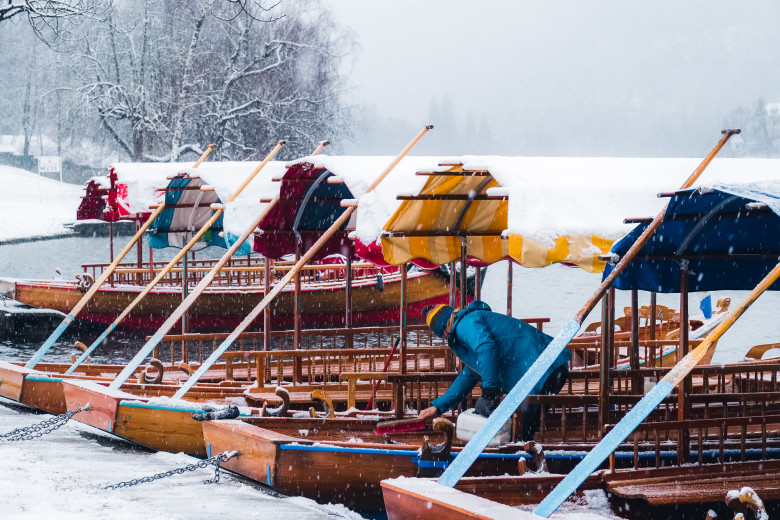 According to testimonies, the island of Bled was a popular pilgrimage site as early as the 12th century. Photo: Teddy Verneuil/slovenia.info
According to testimonies, the island of Bled was a popular pilgrimage site as early as the 12th century. Photo: Teddy Verneuil/slovenia.info
-
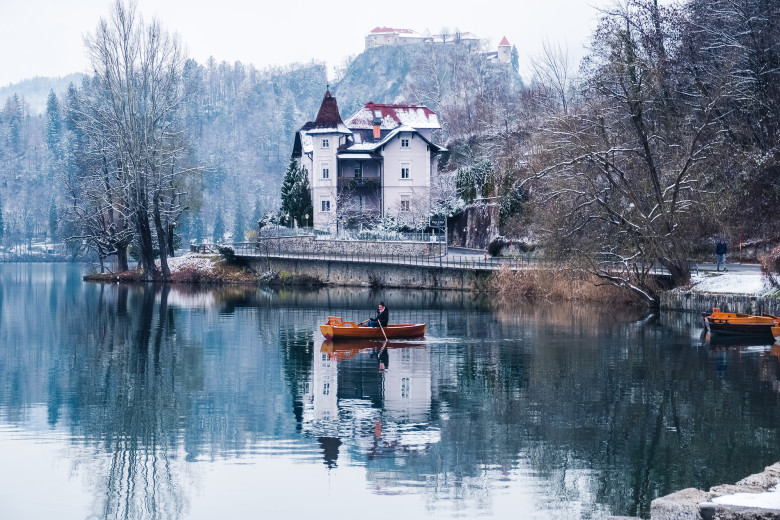 The inhabitants built harbours along the lake and started transporting people to the island in boats they had built themselves. Photo: Teddy Verneuil/slovenia.info
The inhabitants built harbours along the lake and started transporting people to the island in boats they had built themselves. Photo: Teddy Verneuil/slovenia.info
-
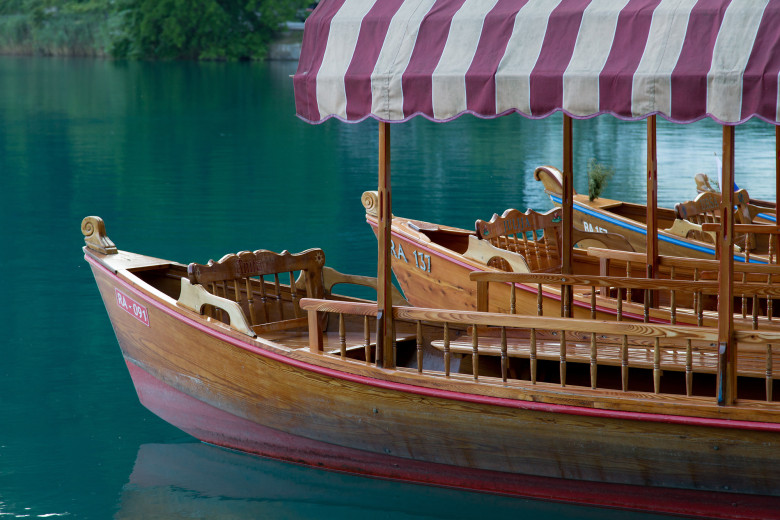 Transport by weed is particularly important for the preservation of the natural environment and the fragile ecosystem of Lake Bled. Photo: Marco Coppo/slovenia.info
Transport by weed is particularly important for the preservation of the natural environment and the fragile ecosystem of Lake Bled. Photo: Marco Coppo/slovenia.info
Knitting and knitting transport entered in the Register of Intangible Heritage
In 2019, the Ministry of Culture entered the making and transport of braids on Lake Bled in the Register of Intangible Cultural Heritage. It is a skill that has been passed down from generation to generation and a tradition that is a recognisable tourist attraction. The Pletna Bled Boating Association, which today has twenty-one members and was founded in 2002, has made a significant contribution to this. Its primary mission is to preserve the traditions of the boating way of life, to preserve the knowledge of braids and to preserve boating.
This typical Bled activity has been preserved to this day, also thanks to the development of tourism, while the shape of the braid has changed over time. The present design was developed by local people around 1900, following the example of similar boats used on lakes in central Europe. After the First World War, a canvas roof was added to the boat to protect it from the sun and rain.
As stated in the justification for the entry in the Register of Intangible Heritage, the canvas roof is preserved today, as there is no other way of transporting the boat to the island of Bled, even today. Transportation by braids is particularly important for the preservation of the natural environment and the fragile ecosystem of Lake Bled.
On the other hand, knitting and knitting on Lake Bled have become a tradition with which the local community identifies, and it is also a widely recognised tourist attraction.e
-
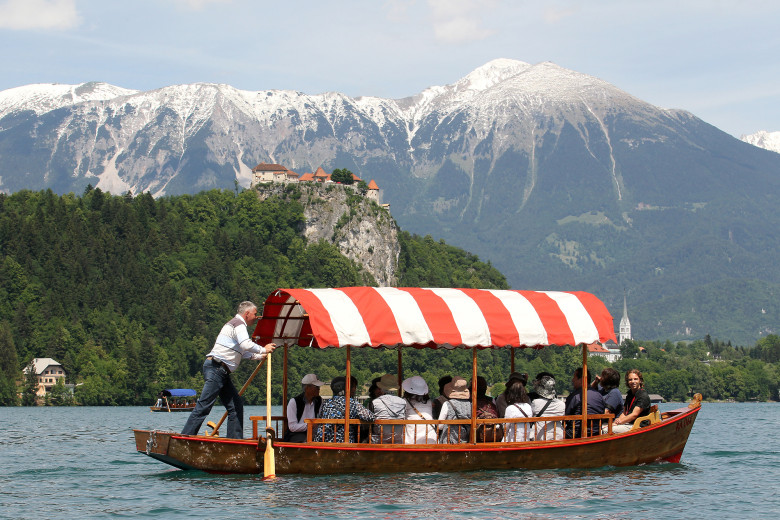 The present design of the pletna was designed by local people around 1900, following the example of similar boats used on lakes in Central Europe. Photo: Aleš Fevžer/slovenia.info
The present design of the pletna was designed by local people around 1900, following the example of similar boats used on lakes in Central Europe. Photo: Aleš Fevžer/slovenia.info
-
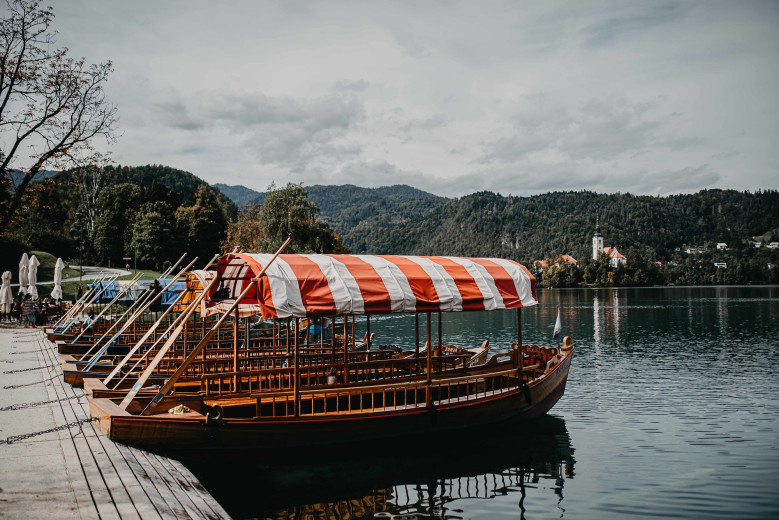 After the First World War, a canvas roof was added to protect the boat from the sun and rain. Photo: Vid Rotar/slovenia.info
After the First World War, a canvas roof was added to protect the boat from the sun and rain. Photo: Vid Rotar/slovenia.info
-
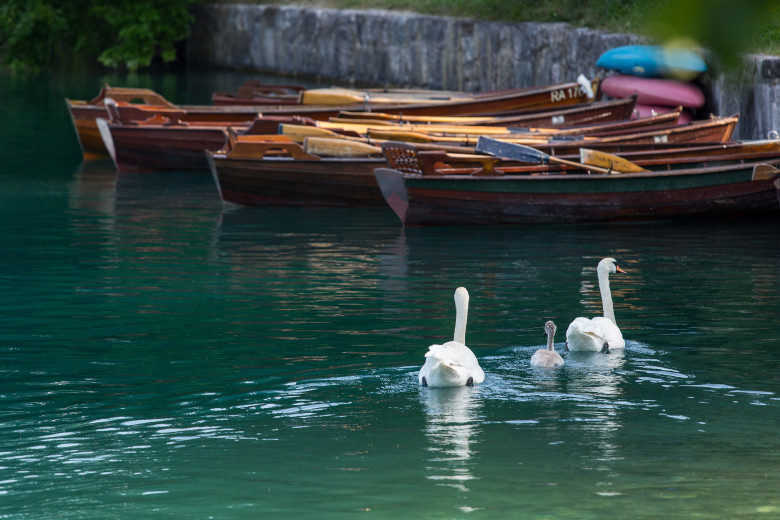 Braiding and basketry have become a tradition on Lake Bled, with which the local community identifies. Photo: Marco Coppo/slovenia.info
Braiding and basketry have become a tradition on Lake Bled, with which the local community identifies. Photo: Marco Coppo/slovenia.info
From generation to generation
Today, there are only four knitwear makers in Bled. The skills of knitting and boatbuilding have been passed down from generation to generation within the families that have practised the craft in the past. The boats have to be taken out of the water for an overhaul every year, and after two years at the latest, the boat has to be pulled out to dry, dried, patched and repainted.
Most of the boats on Lake Bled and Lake Bohinj, as well as in neighbouring Carinthia, are made of larch wood, which is an indigenous variety in this country and relatively easy to find. A sailboat can carry 18 people at a time and, if properly and regularly maintained, can easily sail for up to 50 years.
To the layman, who may ride a weed twice a year, they all seem the same. That is indeed what it seems at first sight, but it is not so. There are construction details that define each ship individually. Of course, all owners will argue their case, but it is important to get the construction right so that the braid is not too heavy, so that it does not leak, so that it is not a template and so on. The craftsmen are working hard to continually improve these qualities. And how many hours of work does it take to make a new braid? About 1300 hours of work, that's about half a year.



